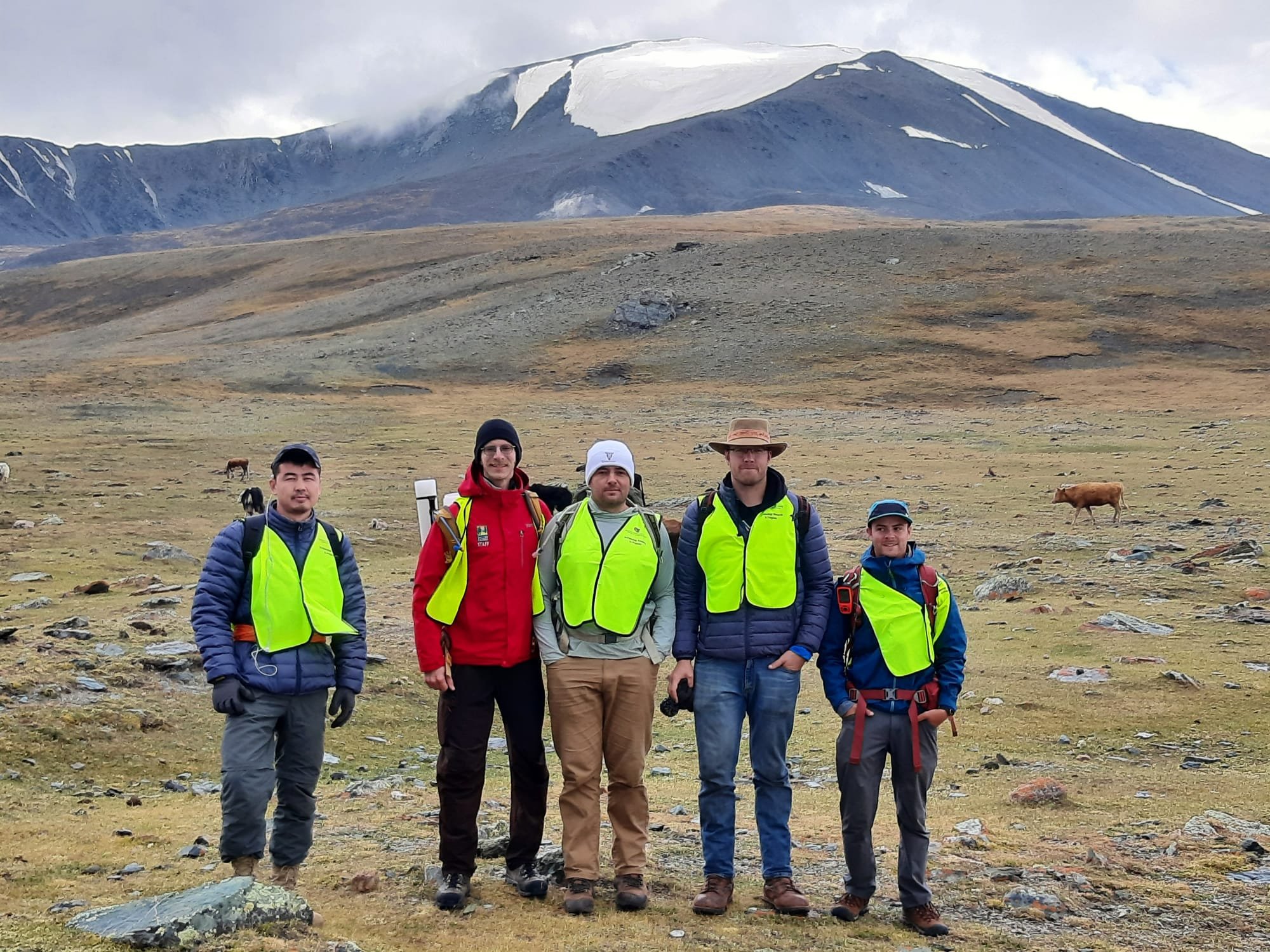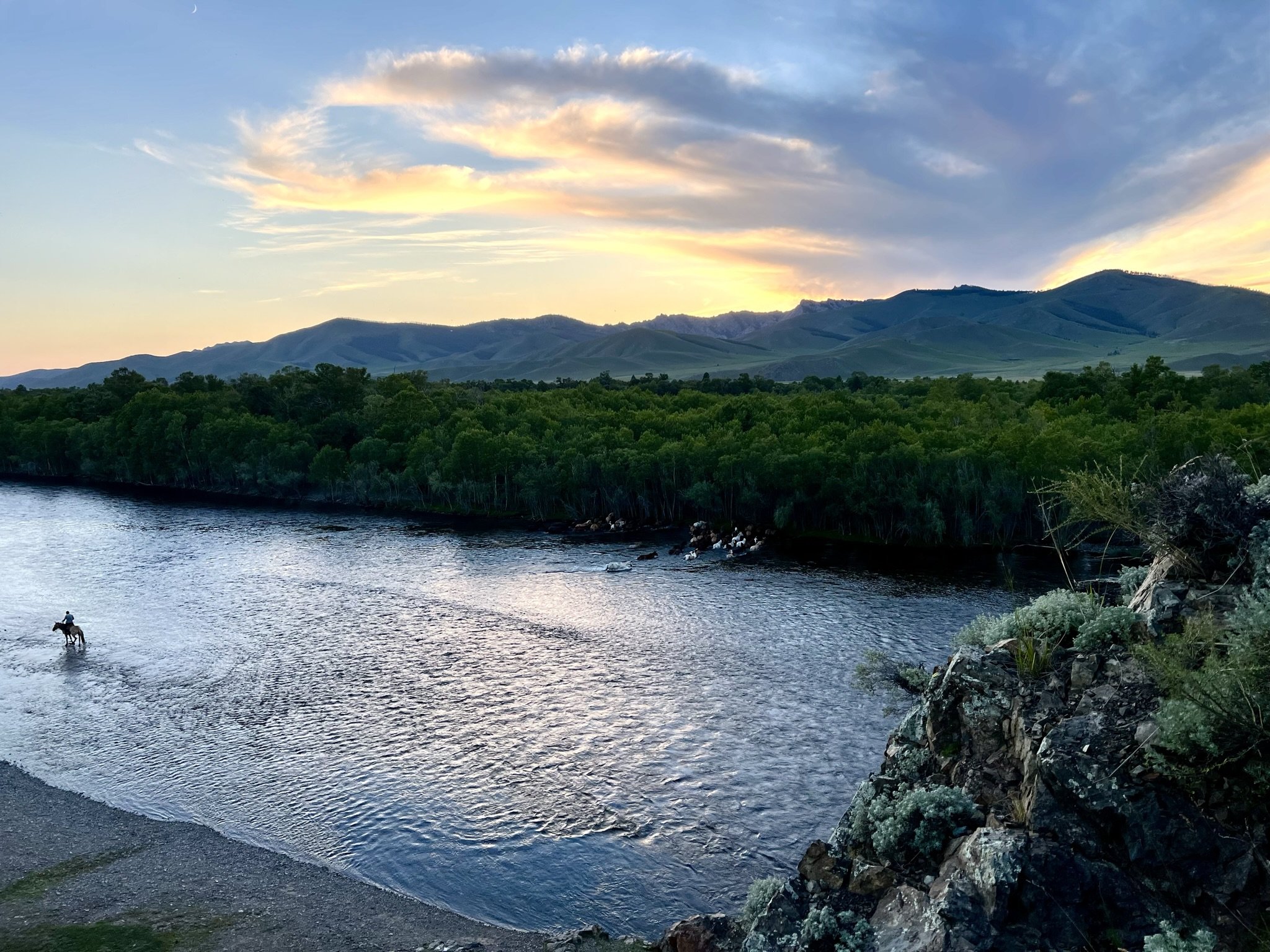
Project Background
The Start
What follows is the very short version of a very long story…
It all started with a personal journey to Mongolia in the summer of 2022. A young biomedical and mechanical engineer (and avid fly fisherman/outdoorsman) who spent his childhood raising livestock and riding horses on the plains of Colorado embarked on the journey of a lifetime, traveling solo around the world without plans beyond seeking adventure, discovery, remote mountains, and beautiful rivers where he could cast a line. That simple motivation and the resulting (admittedly epic) journey turned out to lead to his discovery of both a personal mission and an opportunity to utilize his unique blend of skills, education, and experience to change lives through biomedical/mechanical engineering and education.
Through an unexpected series of events which began with an impromptu 36 hour bus journey to join an archeological expedition in western Mongolia, he developed a wholly unexpected and completely overwhelming respect and love for Mongolia and the desire to contribute to the inevitably rich history and bright future he could see developing there before his eyes. The combination of fierce national pride and unbridled belief in the future he experienced in Mongolia, along with the skilled and passionate people he met in a few short weeks had inspired him to try and find a way to contribute to Mongolia’s future in any way he could. Luckily, apart from the opportunity to experience life in the Mongolian countryside and assist with progressing modern understanding of Mongolia’s past, his last-minute archeological expedition also provided him with a network of invaluable connections and incredible friends that encouraged him to apply for the U.S. Fulbright Program.
After parting ways with those new friends and continuing his journey to South Korea, the young engineer considered his Fulbright application and how he could best use his engineering background and international experience to inspire, educate, generate international connections, and ultimately have a positive impact on the world. As he thought, he stumbled simultaneously upon a problem that seemed perfectly suited to his background and yet another passionate group of individuals who were immeadiately supportive and already working in different ways to improve accessibility in Mongolia. The problem that he had discovered was the gap in affordable and useful/comfortable prosthetics in Mongolia, a country that, due to both an economy reliant largely on manual labor and the inherent risk associated with Mongolian pastimes and nomadic lifestyles, suffers from a higher-than-average rate of amputations and missing limbs. With the discovery of that problem and the help of his new connections, he completed his Fulbright applicaiton, mainly from gaming cafes in South Korea, and what had started as an opportunity to travel and learn grew into a driving purpose that has become Mongolian Prosthetics.
The Why
It is estimated that there are currently up to 56,000 people living with disabilities that require prosthetics and assistive devices in Mongolia (Mendee 2021). In a country with an economy based primarily on jobs requiring physical labor in the service, agricultural, and mining/production sectors, this estimate indicates there are a large number of people living in Mongolia who, without access to functional and affordable prosthetics, will struggle to enter or re-join the workforce and provide for themselves and their families (NSO of Mongolia).
There are currently only two viable options for buying prosthetics in Mongolia. There are two prosthesis factories in Mongolia that can create sturdy, traditional, but not advanced, prosthetics for an average cost of 1,000 to 1,500 USD and serve a combined 1,500 to 1,700 Mongolians, or about 3% of the predicted community in need, each year (Munkhzul 2020). For those who cannot afford the cost of these prosthetics, of which only a portion is gnerally covered by the Mongolian welfare system, the other option is to order a pre-produced resin-based prosthetic from China for an average price of 160 USD (Mendee 2021). These prosthetics take more than two weeks to arrive, are not comfortably fit, have very low capability, and even have been reported to posess a very unpleasant odor (Mendee 2021). Unfortunately, the relatively low cost of the low-end prosthetics available to order from China is directly proportional to the low likelihood that these prosthetics will be effectively used. According to the Asian Development Bank (ADB), an estimated 27.8% of Mongolians live below the international poverty line, making any non-covered costs associated with improving the fit, appearance, or capability of a low-end prosthetic very restrictive. Therefore, while a $160 resin prosthetic from China may be financially accessible, research has shown that the likelihood for a patient to abandon use of a prosthetic increases dramatically if the device is unwieldy, uncomfortable, or even unattractive (Espinosa, Roberts 2019).
Apart from the quantitative and demonstrable need for improved access to affordable and capable prosthetics and expansion of the field of biomedical engineering in Mongolia; there is also an opportunity to improve awarness and acceptance of physical disability and the issue of accessibility in Mongolian culture as a whole. Luckily, there are several well-respected and rapidly-growing universities in Mongolia and several organizations, such as the Oddariya Foundation, who are attempting to increase domestic interest in the fields of modern medicine and biomedical engineering through projects, workshops, and educational outreach. Mongolia has an extremely vibrant democractic government and the advantage of citizens who are invested and active in shaping the direction of Mongolia’s future. The unique optimism and geopolitical position of Mongolia as an island of democracy in Central Asia have provided the backdrop for unprecedented growth and development in the last four decades. While that development and socioeconomic growth has been extremely impressive, there is still space for the parallel development of social acceptance and understanding of ability and the creation of more opportunities for differently-abled individuals to contribute to society and have thier own impact on Mongolia and the world as a whole.
The How
Through funding from the Fulbright Program and partnerships with various universities, individuals, and companies, this project will survey the prevalence of different forms of disabilities requiring prosthetics in Mongolia to determine the most important parameters for the subsequent design of a range of low-cost, open-source prosthetics specifically designed to operate the Mongolian climate and support the Mongolian way of life. We will ultimately establish a permanent prosthetic fitting and production workshop and educational center leveraging 3D scanning and additive manufacturing (3D printing) technologies to improve access to effective, custom-fit prosthetics in Mongolia.




















